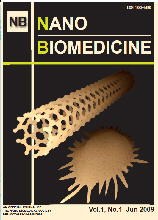SynopsisThe microplastic accumulate in large quantities in the ocean, raising serious environmental issues. There are concerns about the impact that chemicals may have on the ecosystem if they are absorbed into the food chain. Recently, light-cured composite resins have been widely used in dental caries treatment. These wear debris enter the body's digestive and respiratory systems. In recent years, dental composite resins have naturally worn away from the teeth, and polishing powder has been generated during dental treatment. Polishing and grinding powder is also dispersed by dental air turbines. There is concern that these various powders may enter the human digestive and respiratory systems.
Gold leaf flakes are considered to pass through the body and be excreted without reaction with di-gestive juices, such as gastric acid. However, gold leaf particles are likely to stay in the human diges-tive tract for a long time. If it stays in the digestive tract for a long time, the possibility to cause chronic inflammation and carcinogenesis in the digestive organ cannot be ruled out.
Key words: microplastic, dental, composite resin, gold foil, gold leaf
Full text PDF
DOI: 10.11344/nano.17.25
Imai K. Dental composite resin using nanofillers, their transformation into microplastics due to wear and grinding, and concerns about the health hazards of gold foil foods. Nano Biomed 2025; 17(1): 25-28.
